Rib Rub Comparison
| Product | Flavor Profile | Best For | Price Range |
|---|---|---|---|
| Meat Church Holy Gospel | Sweet + Spicy | All styles | $$$ |
| Mccormick Smokehouse | Smoky + Earthy | Texas / Carolina | $$ |
| Bad Byron's Butt Rub | Sweet + Bold | Memphis style | $$ |
| Spike Garlic Seasoning | Savory + Herbal | Layered flavor bases | $ |
Cooking Methods Comparison
| Method | Time | Temp | Pros | Cons |
|---|---|---|---|---|
| Smoker | 5–6 hrs | 225°F | Authentic smoke flavor | Time-consuming |
| Oven | 3–4 hrs | 275°F | Easy control, less supervision | Lacks smoky flavor |
| Grill | 3–4 hrs | Indirect heat | Charred exterior possible | Harder to maintain temp |
What Are Style Ribs?
Style ribs refer to the specific preparation method and flavor profile applied to ribs, not the cut of meat itself. Different regions have distinct styles that define how ribs are seasoned, cooked, and served. Understanding these variations helps you choose the right approach for your taste preferences and cooking equipment.
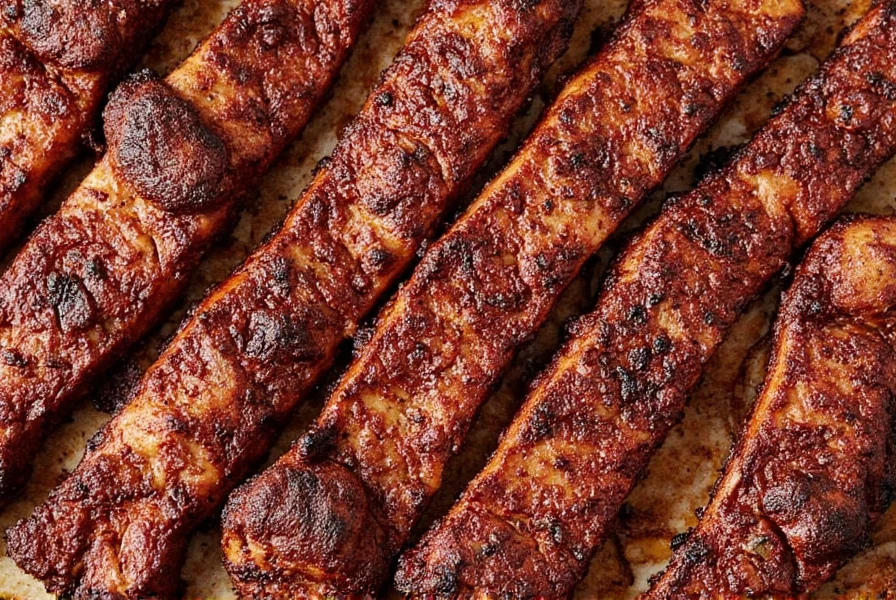
Spice Basics for Style Ribs
The right spice blend is crucial for achieving authentic style ribs. Here's a breakdown of essential components:
Salt & Sugar
- Salt: The foundation that enhances flavor and draws out moisture.
- Brown sugar: Adds sweetness, helps form a crust, and balances smoky notes.
Heat & Spice
- Paprika: Provides color and mild earthiness.
- Black pepper: Adds depth and a subtle bite.
- Cayenne/red pepper flakes: Delivers the desired level of heat.
Aromatic Enhancers
- Garlic powder: Contributes savory richness.
- Onion powder: Adds umami complexity.
- Mustard powder: Helps bind the rub to meat and adds tangy notes.
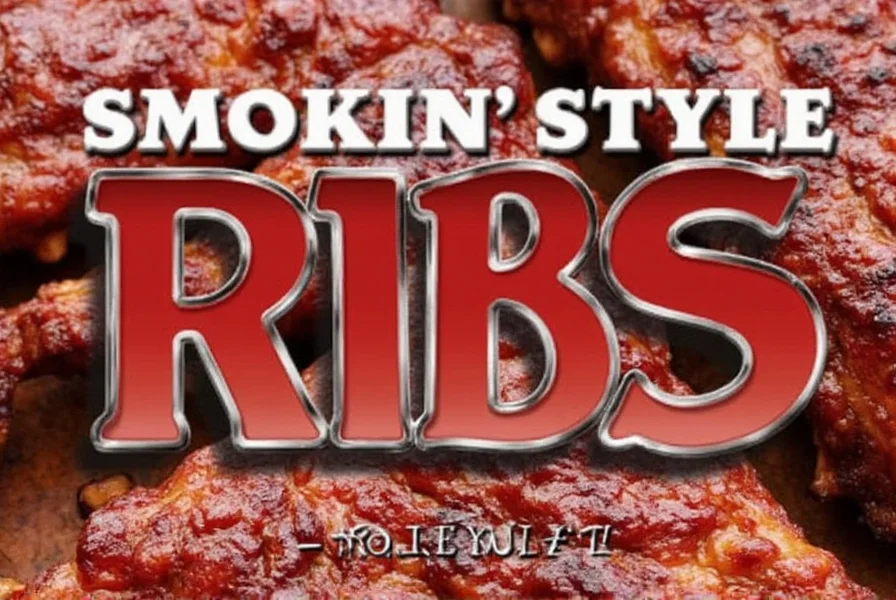
How to Style Ribs Like a Pro
Follow these professional techniques for perfectly cooked ribs every time:
Step 1: Prep Your Ribs
- Remove the membrane from the bone side for better seasoning penetration and tenderness.
- Trim excess fat, especially around the edges.
Step 2: Apply the Rub Generously
- Use about 1 tablespoon of rub per pound of ribs.
- Press the rub firmly into the meat for maximum adhesion.
Step 3: Let Them Rest
- Allow ribs to rest with rub for at least 1 hour (overnight in the fridge is ideal for deeper flavor).
Step 4: Choose Your Cooking Method
- Smoker: Cook at 225°F for 5-6 hours using hickory, apple, or cherry wood.
- Oven: Wrap in foil and cook at 275°F for 3-4 hours.
- Grill: Use indirect heat for most cooking time, finishing over direct flame for char if desired.
Step 5: Sauce (Optional)
- Apply sauce only in the last 10-15 minutes to prevent burning.
- For mop sauces, apply every hour during smoking.
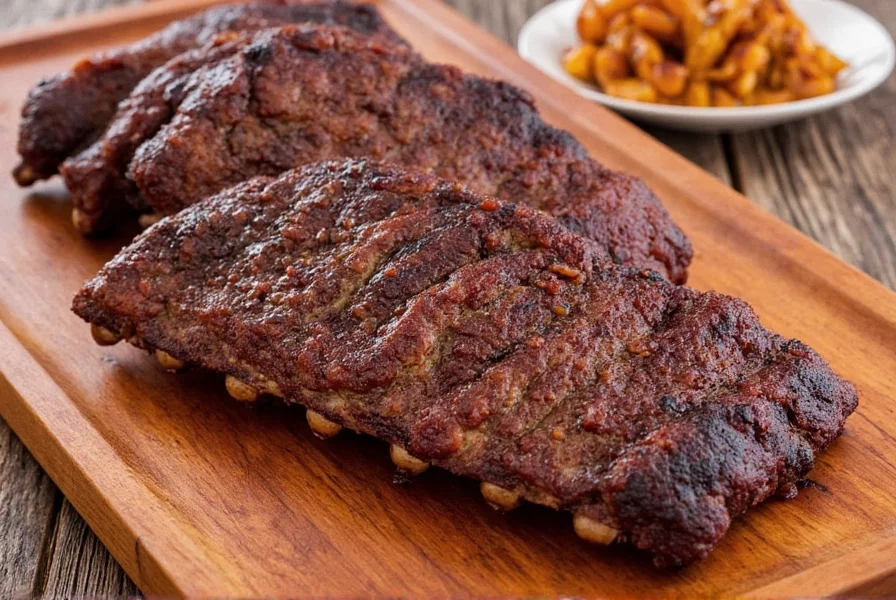
Buying Guide: Best Rub Mixes for Style Ribs
Pre-made rubs can save time while delivering excellent results. Consider these top options based on flavor profiles:
1. Balanced sweet and spicy notes
- Best For: Beginners and experienced pitmasters
- Use Case: Versatile for ribs, brisket, chicken
2. Smoky undertones with paprika base
- Best For: Rich, deep flavor without intense heat
- Use Case: Ideal for Texas and Carolina style ribs
3. Brown sugar-heavy with coffee bitterness
- Best For: Sweet tooth BBQ lovers
- Use Case: Memphis wet/dry style ribs
4. Herb-forward with minimal salt
- Best For: Savory-focused profiles
- Use Case: Great as a base layer before adding other spices
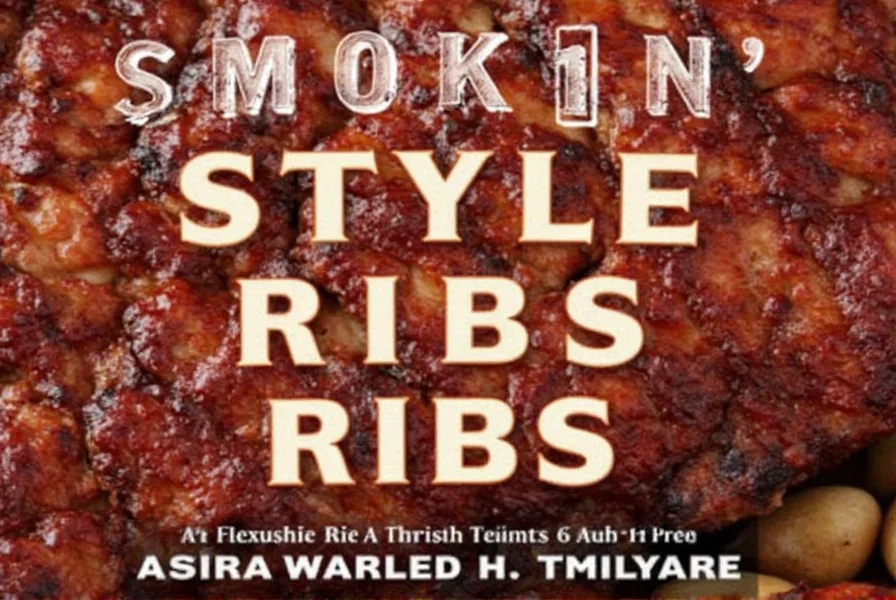
Frequently Asked Questions
What's the difference between dry rub and wet rub ribs?
Dry rub ribs use only spices without liquid binders, creating a flavorful crust during slow cooking. Wet rubs incorporate liquids like mustard, oil, or vinegar to help spices adhere and add moisture. Dry rubs are classic for Memphis-style ribs, while wet rubs often precede saucing in Kansas City preparations.
How do I know when my style ribs are done?
Look for these visual cues: the meat should pull back from the bones by 1/4 to 1/2 inch, the ribs should bend easily when lifted with tongs (but not break), and the internal temperature should reach 195-205°F. The "bend test" is most reliable - when lifted, ribs should form a 45-degree angle with cracks appearing on the surface.
Can I make style ribs without a smoker?
Absolutely! While smokers deliver authentic flavor, you can achieve great results using your oven (wrap ribs in foil after applying rub) or grill with indirect heat. For smoky flavor without a smoker, add liquid smoke to your rub (1/2 tsp per pound) or use smoked paprika. The key is low-and-slow cooking regardless of method.
Why did my rib rub turn bitter during cooking?
Bitter rubs usually indicate sugar burning. This happens when: 1) Cooking temperature exceeds 275°F, 2) Sauce/rub applied too early, or 3) Excessive sugar in rub. To prevent this, keep temps below 250°F for sugar-heavy rubs, apply sweet sauces only in the final 15 minutes, and balance sugar with salt (aim for 2:1 salt-to-sugar ratio in homemade rubs).
How should I store and reheat leftover style ribs?
Store cooled ribs in airtight containers with their juices for up to 4 days. For best reheating: wrap ribs in foil with a splash of apple juice, then warm at 250°F until internal temperature reaches 165°F (about 30 minutes). Never microwave ribs - it destroys texture. For frozen ribs, thaw overnight before reheating.
Introduction
There's something primal and deeply satisfying about biting into a perfectly cooked rib. Whether you're a weekend grill warrior or a seasoned pitmaster, mastering the art of style ribs is like unlocking the holy grail of barbecue bliss. But what exactly are style ribs, and why does everyone seem to have their own secret sauce (or in this case, spice blend)?
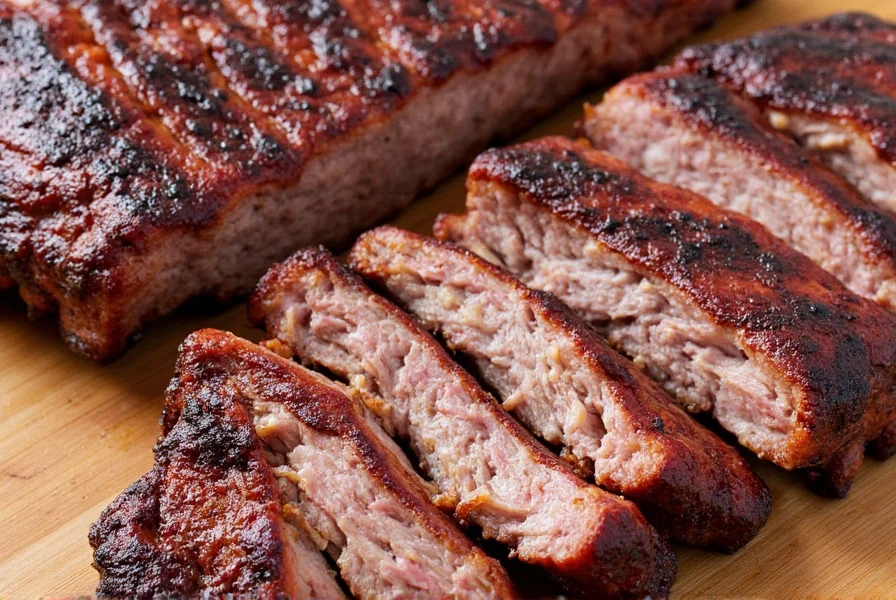

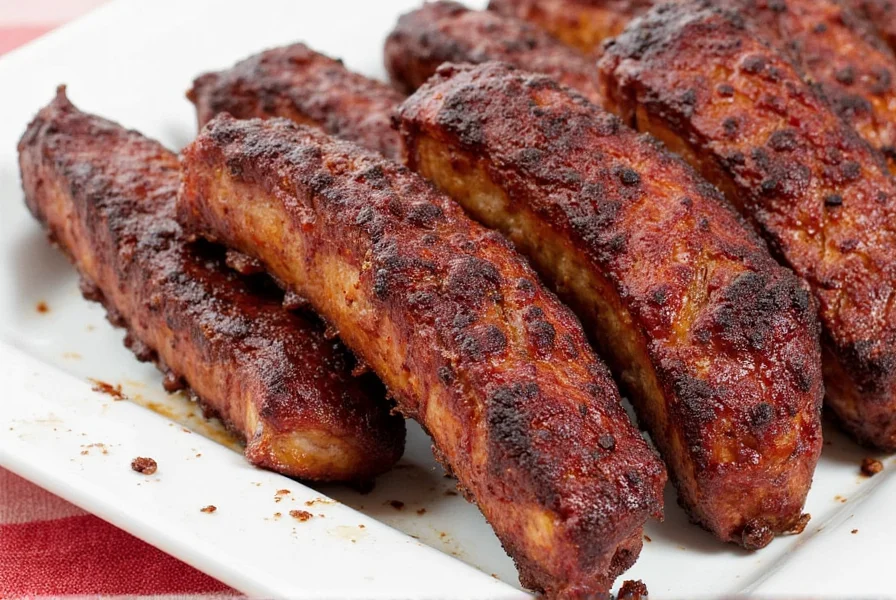









 浙公网安备
33010002000092号
浙公网安备
33010002000092号 浙B2-20120091-4
浙B2-20120091-4